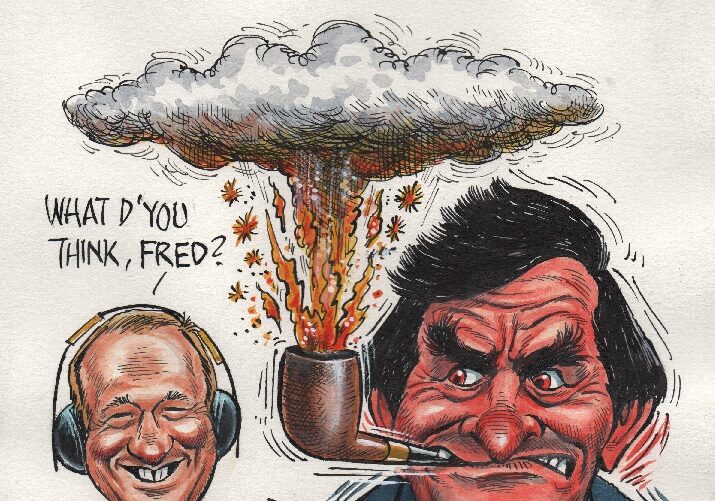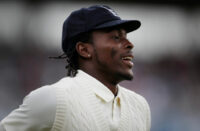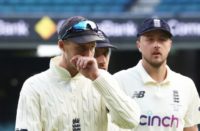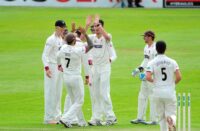Listening to the various spoutings of the politicians in the run up to the General Election, do you ever get the feeling that you’ve heard it all before? You do? Well, the answer’s simple. It’s because you have heard it all before.
I’m not sure exactly when it became the fashion for politicians to tell us in the morning what they’re going to say in the afternoon, but ever since the election was announced, you flick on your breakfast radio to hear things like: “Jeremy Corbyn will say today that far from being a woolly minded pacifist who wants to cap Britain’s defence budget at 50p, he is more than happy to drop a bomb or two on North Korea if he thinks they deserve it.”
Likewise: “Theresa May will say today that Jean-Claude Juncker should take a close look at the newly minted 12-sided pound coin, because when it comes to the EU’s Brexit demands, one of those is all he’s going to get.” Then, Jeremy and Theresa pop up in Bradford or Bridlington or wherever to say precisely what John Humphrys has already said they’re going to say.
It occurs to me, however, that this is a formula that would work well in cricket. After all, we already know pretty much what the captain is going to say after a win. “Obviously we’re pleased, but we’re not going to get complacent.” Same after a defeat. “Obviously we’re disappointed, but we have to take the positives.” In which case, and I fancy this would get Joe Root’s vote, we could take it a step further by dispensing with the actual press conference altogether.
Sky, for example, could open up its T20 coverage with: “Ravi Shastri will after the match wear a silly hat and ask even sillier questions. And his co-commentator is expected to say later today (as indeed he did after an IPL game this week) that ‘Sunil Narine has been a revelation’.” You could then go straight out after the result and do the shopping or the mow the lawn without actually having to listen to these amazing revelations. Not to mention revolutions.
It may also have been a good idea for the ECB to have adopted this new style before the unveiling of England’s new cricket kits. Had, for instance, we switched on the telly to listen to some ECB bigwig saying: “Eoin Morgan will later today be paraded in front the cameras wearing a tasteful shirt in red and blue hoops, and he will also re-assure supporters that the team is not to be confused with Queens Park Rangers.” With this sort of prior warning, it would have spared us the nasty shock of seeing it until the actual game.
The new gear comes to us courtesy of a £2 million, five-year deal between the ECB and New Balance, an American company manufacturing sports clothing and equipment. I dare say that the ECB sits down with potential sponsors to draw up certain non-negotiable boundaries, but by and large what England’s new outfits look like is of secondary importance to how much cash is at the end of it.
You can buy almost any piece of cricket equipment from New Balance, from a replica ODI shirt for £60, to a limited-edition bat (reduced from £650 to a bargain £520. Although given the risk of an involuntary chemical reaction arising from reading the company’s patriotic launch message, an England replica vomit bag might have been worth adding to the collection.
It’s a poem – of sorts – apparently aimed at the next man to pull on an England shirt for the first time. It’s full of stuff about “flights of stairs” and “staircases to greatness” and concludes with: “we’ll teach you, protect you, guide and welcome you.” The new boy’s eyes will be so full of tears he’ll probably be out first ball.
The same kind of mystique is also attached to the shirt, a fairly unremarkable item of clothing on the face of it, but in this case New Balance has clearly achieved the tailoring equivalent of splitting the atom. And if I close my eyes, I can conjure up a vision of Fred Trueman’s expression in response to Aggers reading the advertising blurb to him in the TMS box.
“It says here Fred, ‘features include: polyester knit short sleeve polo; NB dry moisture wicking; sublimated front point panel; conceded button placket; flat knit collar and cuffs with raised contrast tipping; laser cup performance at armpits; heat transfer logos; athletic fit.’ Bet you can’t wait to try it on, eh Fred? …..Fred? ….Fred?”
Fred’s own England gear wasn’t hugely more sophisticated than it was in WG Grace’s day, when the Doctor took the field looking as though he’d just got out of bed, clad in what looked like a collarless vest and long johns, and what appeared to be a piece of rope holding up his trousers.
And if you look at the old footage of Trueman running into bowl, the trousers were hardly the height of fashion. Generously proportioned – to accommodate the ample posterior thought to be essential for bowling fast in those days – they looked equally well suited, when he got them home, to an afternoon’s gardening.
Presumably there were no such things as short-sleeved shirts in those days, given the way Fred had to roll his right sleeve back up after every delivery. And the boots, far from being the multicoloured light-as-a-feather carpet slippers of today, were about the same weight as the kind coal miners went off to work in.
Neither was there an advert to be seen. If you watch an IPL game, you’ll notice that even the umpires are covered in ads – on the hat, both sides of the shirt breast, one on the back, two on the sleeves and one on the thigh. And Ben Stokes’s gear for Rising Pune Supergiant has almost as many endorsements as Lewis Hamilton’s overalls.
At least this summer’s Test series will be played in predominantly white clothing, but for how much longer? Who knows, in years to come the TV cricket coverage may well be prefaced with the same kind of caution you sometimes get before news items containing flash photography.
“Viewers should be warned that the following cricket match may contain scenes of flash clothing.”
This piece originally featured in The Cricket Paper, May 19 2017
Subscribe to the digital edition of The Cricket Paper here












